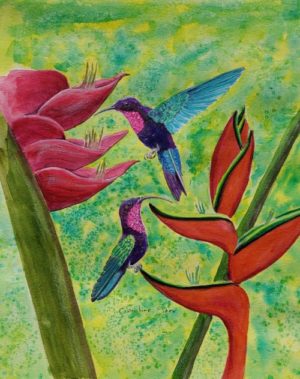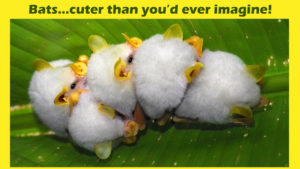How to Draw and Paint Heliconia Flowers
Heliconias are beautiful plants that live in the Neotropics of Central and South America. They are also prized as garden ornamentals for those folks lucky enough to live in mild climates.
If you’d like to learn how to draw and paint a heliconia, then gather your art supplies, download the high-resolution Heliconia photo, then click below to watch my quick step-by-step tutorial video. If you want to learn much more about the biology, anatomy, and diversity of the Heliconia family, then watch the second full-length video I filmed for a live, online workshop.
I’ve also included some fascinating facts about heliconias that you can read about towards the bottom of this page. Enjoy!
Heliconia Sketch and Paint Quick Demo (19-minute version)
CLICK TO GET 30% OFF MY COURSE ON FLOWERS
FASCINATING FACTS ABOUT HELICONIA PLANTS
Heliconias are beautiful plants that live in the Neotropical forests of Central and South America, as well as the Caribbean and several islands in the western Pacific. They are also prized as garden ornamentals for those folks lucky enough to live in mild climates.
There are about 194 species and they go by various names including lobster-claw, toucan beak, wild plantain, or false bird-of-paradise. These names refer to their intriguing flowers that grow in one of two ways; either upright or in a pendant inflorescence. They bear simple paddle-like leaves reminiscent of banana leaves and indeed this family was once placed within the banana family but has since been deemed unique enough to now be placed in its own family, the Heliconiaceae.
Although the flowers look large and colorful, it is their bracts that do the showy work of visually attracting their hummingbird pollinators. Heliconias bear bracts that may be up to 6 inches long while the reproductive flower parts are just a couple of inches long and peek out from between the bracts only when mature enough to be pollinated. Depending upon the species these bracts come in a narrow range of colors that usually include a combination of yellow, orange, red, pink, or maroon.
Heliconia flowers are shaped to perfectly fit a hummingbird’s bill! Illustration by Christine Elder.
Heliconias are an important food source for hummingbirds, especially the hermit hummingbirds some of which – such as the Rufous-breasted Hermit, which also uses the plant for nesting. Heliconias that grow in the same region often have different flowering seasons so that they don’t compete directly for the vital services of their hummingbird pollinators.
The hummingbirds pictured below Purple-throated Caribs, sport a unique adaptation. The male and female of the hummingbird species each have a different shaped bill which is specialized to pollinate a different species of heliconia flower!

Purple-throated Carib Hummingbirds
Many bats use Heliconia leaves for shelter. According to Wikipedia, the Honduran white bat utilizes five species of Heliconia to make diurnal tent-shaped roosts. The bat cuts the side veins of the leaf extending from the midrib, causing the leaf to fold like a tent. This structure provides the bat with shelter from the rain, sun, and predators. In addition, the stems of the Heliconia leaves are not strong enough to carry the weight of typical bat predators, so shaking of the leaf alerts roosting bats to the presence of predators.
I hope you enjoyed this blog post and heliconia painting tutorial.

